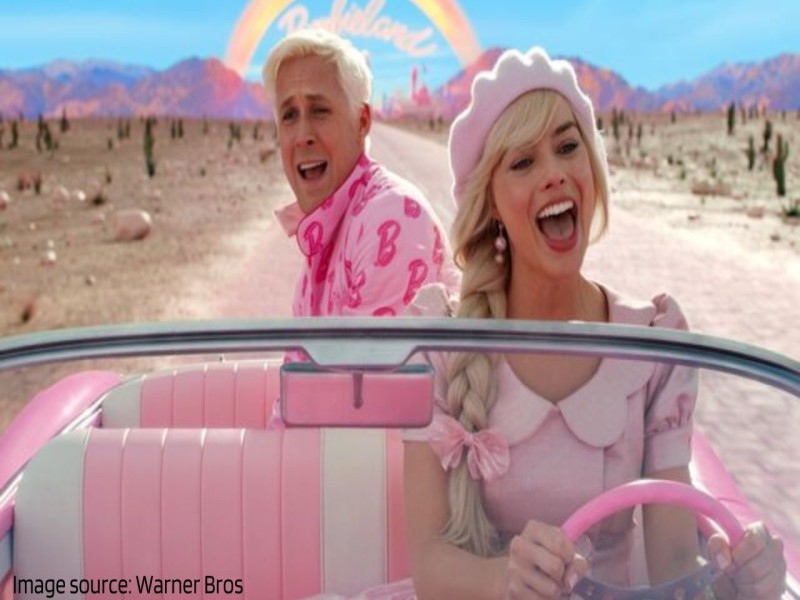– Shreyosi Chakraborty

Directed by Greta Gerwig and starring Margot Robbie and Ryan Gosling as Barbie and Ken, the movie Barbie brings our beloved childhood icon to life. It offers live action that previous Barbie movies like Barbie and the Secret Door, The Princess & the Popstar, and A Fashion Fairytale, did not. Gerwig’s Barbie is not animated and these are real people.
Barbie Land is a pink paradise of plastic where all the Barbies roam around and have fun. When Barbie (Margot Robbie) acknowledges unusual occurrences – like thoughts of death and signs of cellulite – she and her so-called boyfriend Ken (Ryan Gosling) go on a trip to the real world to make things right. The situation, however, leads to misadventures for both the dolls and even Barbie Land itself is thrown into disorder.
Barbie (the doll) is fit for all ages. But is the new Barbie movie suitable for children? Here’s a take on what parents need to know about Barbie and decide if they can take the kids to the theatre.
Although the movie has been promoted in a way so as to hold visual appeal for children with its fantasy world of glitter and bright pink, it also appeals to older audiences who have memories of growing up with Barbie. The movie has also got a rating of PG-13, which means that parents are strongly cautioned, some material may be inappropriate for children under 13 for suggestive references and brief language, meaning that it’s not entirely child-friendly.
Usually, this rating is given to films that have intense (but not constant) violence, suggestive or vulgar language, references to drugs or alcohol, or brief nudity. The film earned its PG-13 rating for language.
The movie contains some language which is not suitable for very young kids. It is a satirical-comedy in nature and covers topics like gender conditioning, patriarchy, feminism, identity, toxic masculinity, the meaning of life, and other important things in the real world. The movie also refers to some sexual innuendos.
There is this one scene where Ken asks to stay over at Barbie’s house. “To do what?” she asks, to which he says, “I’m really not sure.” The movie also has a few scenes where mild adult language has been used.
A few scenes also have mild violent fights. In the trailer, we come across Barbie punching a human for touching her body without permission. In another scene, seen in the trailer, we see all the Kens fighting with each other. The Kens in the battle scene do not use real weapons and the battle comes off more as a joke than as an actual show of violence or bloodshed.
The movie raises many questions about death and the purpose of life, subjects that parents may or may not want to discuss with their children.
The trailer also has a scene where Barbie asks her fellow dolls if they’ve ever thought about dying. This is a catalyst for Barbie’s journey and a key theme as she learns about the real world and mortality.
Gender inequality and the impact of the patriarchy are other key themes in the movie, especially when the dolls journey into the real world. This may also prompt questions from younger children.
These impactful messages will be lost to an audience under 13, but they might try questioning. Older children may recognise some of the deeper themes of the film, like gender inequality and the uncertainty of one’s identity. For teenagers, questions about Barbie and Ken’s place in the world and who they are without each other, the subjects of inequality, feminism, and how stereotypes and gender roles can make it difficult to find one’s true self and purpose, can open up.